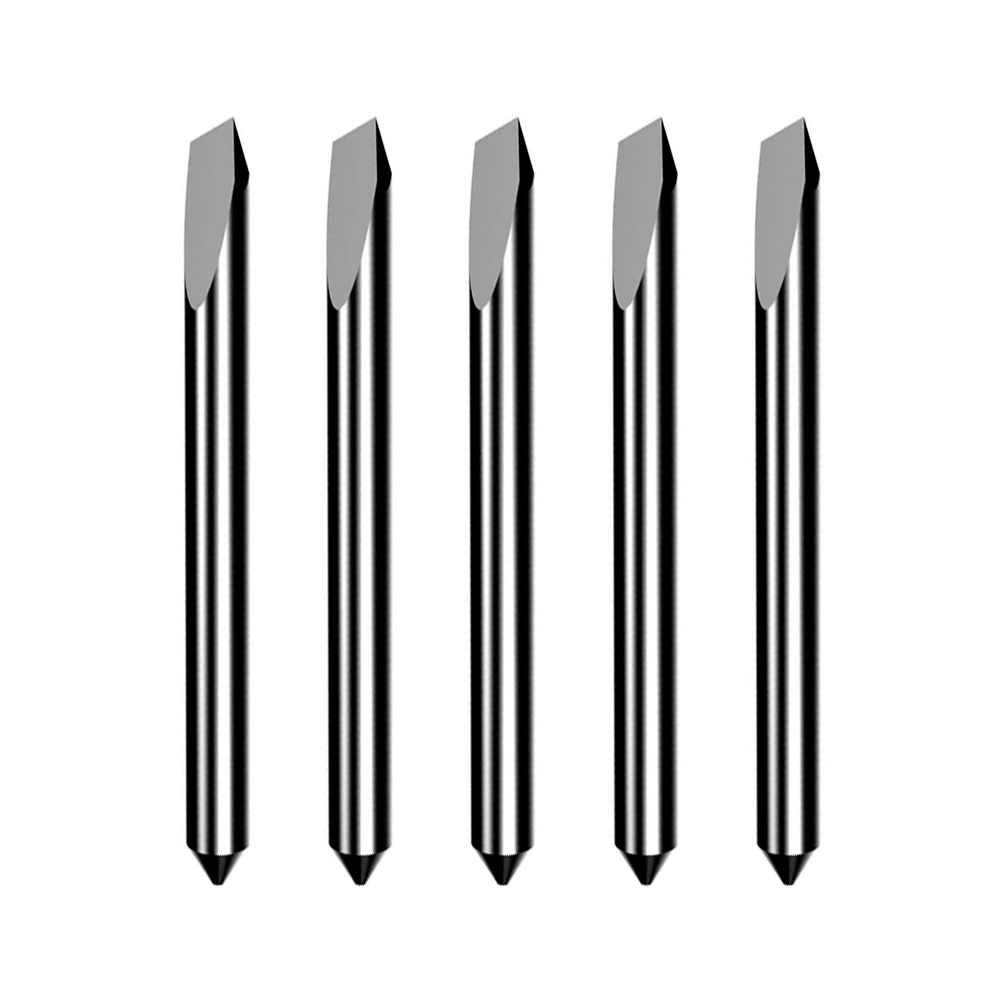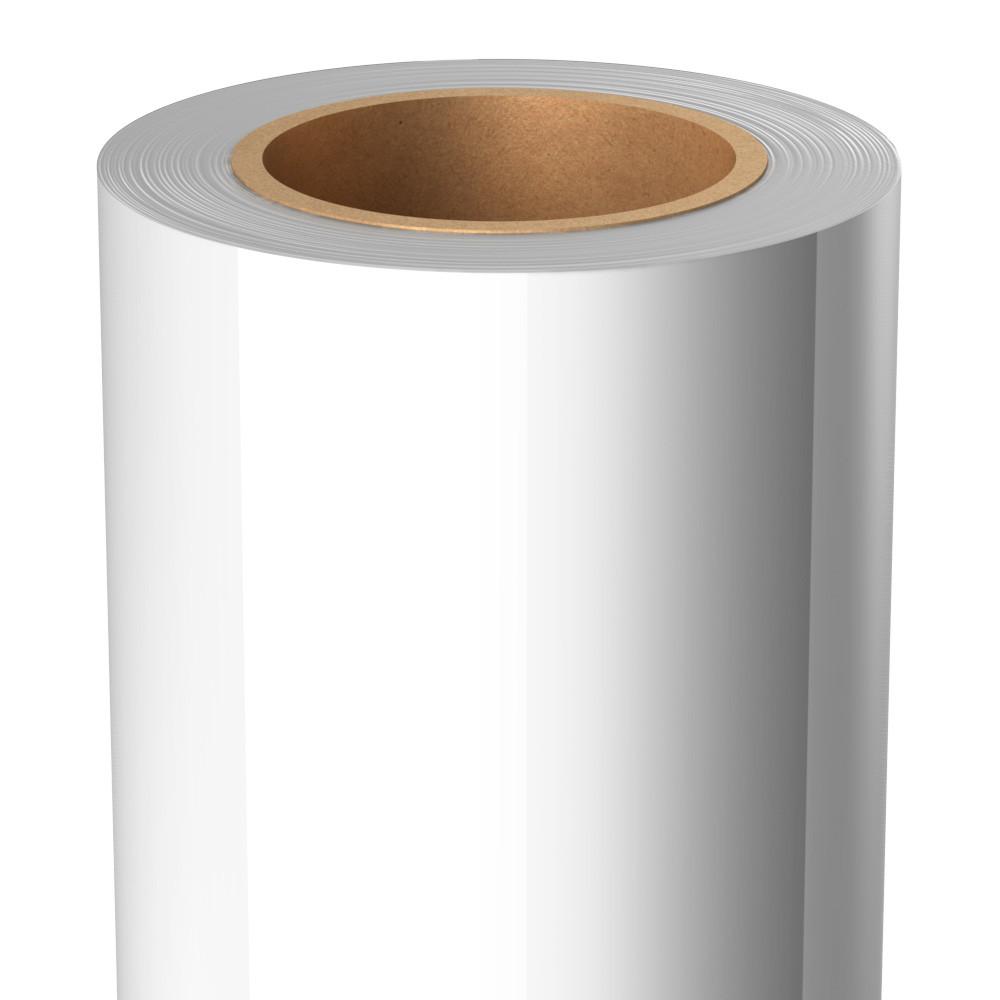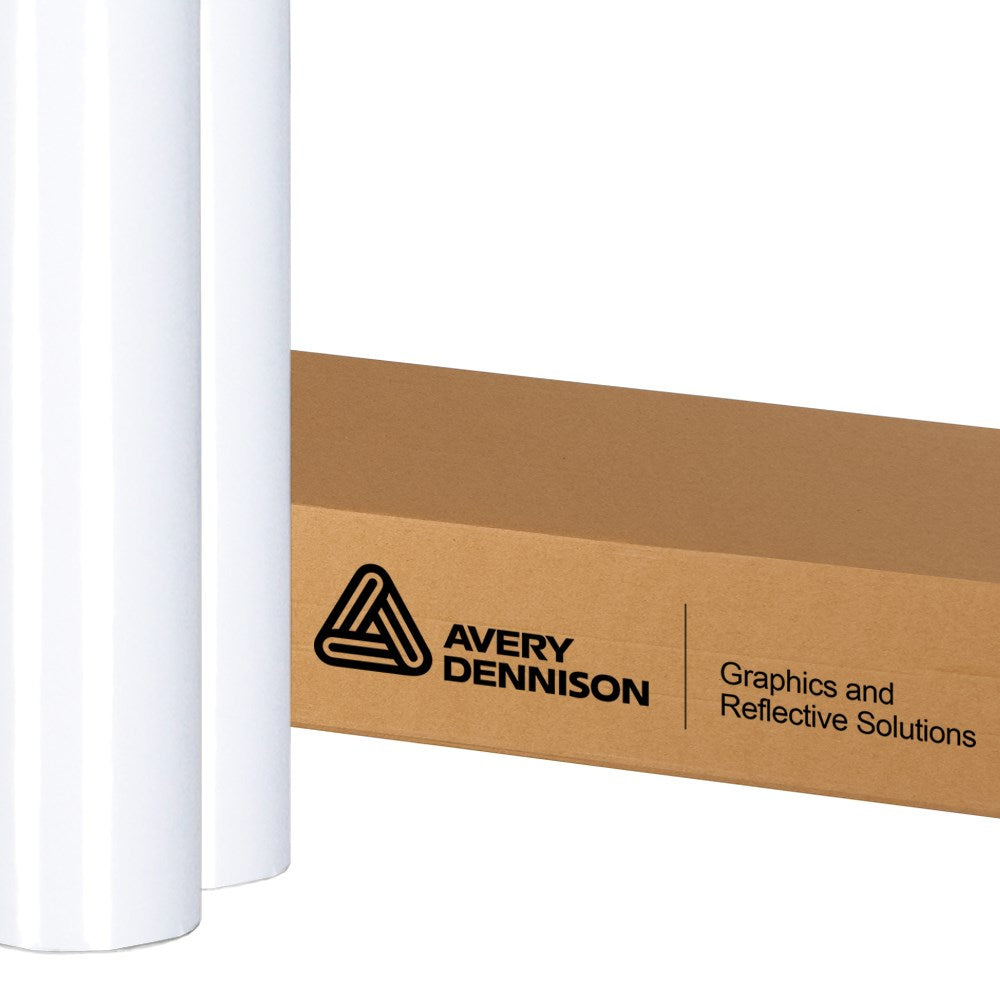Vinyl cutters are invaluable tools in various industries from signage and advertising to crafts and apparel. A common question many people have is whether different roll sizes can be used in the same roll vinyl cutter.
The length of the roll is no trivial matter. It impacts both the machine's performance and the quality of the final output. Understanding the implications of roll sizes in different cutting environments can help you maximize the utility and effectiveness of your roll vinyl cutter.
Whether you can use different roll sizes in a vinyl cutter largely depends on the specific model. The physical dimensions of the cutter's roll feeder restrict the size of the rolls that can be used on it.
More advanced machines, like the Summa S3, are designed with greater flexibility, catering to a wider array of roll sizes. This machine features adjustable rollers and an “oversized” mode, , allowing you to easily switch between smaller and larger rolls.
How Vinyl Cutters Work?
At its core, a vinyl cutter is a specialized machine designed for cutting various forms of vinyl material into intricate shapes and designs. Understanding its basic components and functionalities is key to finding the right vinyl cutter for your needs.
The basic parts of a vinyl cutter include the cutting head, the roll feeder, and the software interface, each playing a critical role in its overall operation.
Cutting Head
The cutting head, where the blade is located, is the star of the show when it comes to your vinyl cutter. Its performance affects the quality of your cuts and how long your machine is likely to last.
If you're thinking about using rolls of different sizes, the cutting head's effectiveness is a key factor. A high-quality cutting head can smoothly handle various roll sizes, ensuring your cuts are always spot-on. So, if you want the flexibility to use different roll sizes, pay close attention to the cutting head's capabilities.
Roll Feeder
The roll feeder is another crucial component of your vinyl cutter because it holds and guides the vinyl roll through the machine. Its design often allows for standard roll sizes, but the degree to which it can handle different sizes can vary from one model to the next.
If you're interested in using various roll sizes, the roll feeder's flexibility is definitely something you want to think about. A more adaptable roll feeder can make it easier for you to switch between different roll sizes, giving you more flexibility in your projects.
Software Interface
The software is the command center where users can upload designs and control cutting parameters. If you're interested in using rolls of different sizes, the software's ability to manage this is important.
Software that's up to the task will let you easily adjust settings for various roll sizes, ensuring that your cuts are accurate and efficient no matter what size roll you're working with.
Importance of Alignment and Calibration
Alignment and calibration are key processes that ensure the machine reads and interprets the dimensions of the roll correctly. Incorrect calibration can lead to misalignment, resulting in inaccurate cuts and wasted material.
Changing roll sizes requires recalibration of the machine to ensure that the cutting is precise. Some vinyl cutter models feature advanced systems and software that streamline the recalibration process; other models might require you to be more hands-on, which can be time-consuming.
A well-designed, intuitive interface can make all the difference, especially for users who aren't technically inclined.
Final Thoughts
Ready to take your vinyl cutting to the next level? Explore AirMark's premium selection of vinyl cutters, designed for both professionals and enthusiasts alike. Browse our wide range of products to find the machine that meets all your cutting needs!





